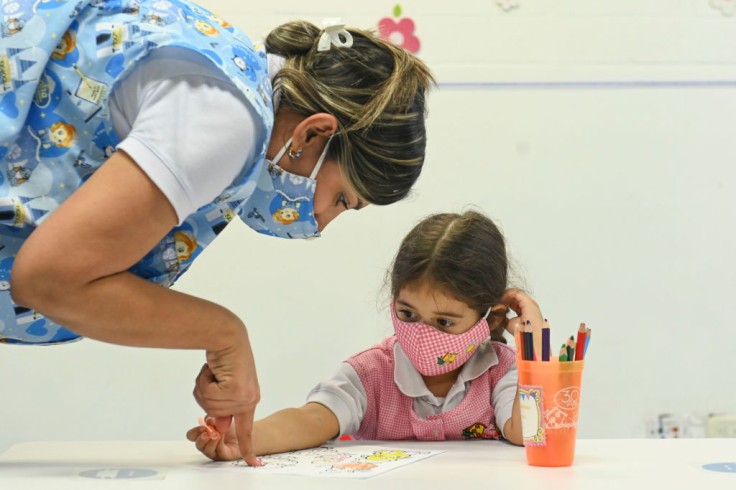
When it comes to the safety of our children, there's no place like home. Yet, ironically, the familiar surroundings of our living spaces often conceal potential hazards, especially for young ones with a keen sense of curiosity.
While we strive to provide a nurturing environment, it's essential to recognize and mitigate these risks.
This comprehensive home safety checklist serves as a foundational guide on how to protect your kids at home, ensuring that every room, from the kitchen to the bedroom, is as secure as it can possibly be. With the right precautions, your home can truly be the safe haven where memories are built and laughter is abundant.
How To Protect Your Kids at Home
1. Living Room
- Electrical safety: Ensure unused electrical sockets are covered, and keep all electrical cords inaccessible to young hands.
- Furniture corners: Implement protective padding on furniture with pointed edges to minimize injury risks.
- Stable fixtures: Fasten tall objects, like bookcases and TVs, to walls to prevent any chance of them tipping over.
2. Kitchen
- Cabinet security: Utilize safety latches and locks on cabinets and drawers, ensuring kids cannot access potentially harmful items.
- Chemical storage: Store chemicals, including cleaning agents and bleach, in unreachable locations, always keeping them in their original packaging for clear identification.
- Medication storage: Always keep medicines, including over-the-counter drugs, out of reach, preventing potential ingestion by kids.
3. Bathroom
- Drug storage: As in the kitchen, medications should be stored securely, beyond children's grasp.
- Water precautions: Monitor water temperature settings to avoid accidental burns and ensure slip-resistant mats are both inside and outside the tub.
4. Bedrooms
- Window safety: Equip windows with guards or stops, ensuring children can't accidentally fall out.
- Furniture stability: Reinforce the earlier point by ensuring bedroom furniture is also anchored securely to avoid toppling hazards.
5. Stairs and Hallways
- Safety barriers: Erect safety gates at both the commencement and termination of stairways, ensuring children are kept safe from potential falls.
- Rail safeguards: If a child can squeeze through banister or railing gaps, install guards for added protection.
6. Garage and Laundry Room
- Chemical storage: Similar to the kitchen, ensure that chemicals and potentially harmful agents are stored securely and out of reach.
- Equipment safety: Stay updated on any equipment recalls, including items you might have received second-hand.
7. Outdoors
- Grill safety: Always store grills securely, ensuring they're inaccessible to children, especially when not in use.
- Swimming pool barriers: Enclose swimming areas with barriers and utilize self-latching gates as an added precaution.
General Tips
- Emergency protocols: Regularly practice emergency evacuations and fire drills, ensuring every family member is well-informed.
- Emergency contacts: Display emergency numbers prominently in easily accessible locations.
- Smoke and CO detectors: As mentioned previously, it's vital to have these devices installed on every floor and within sleeping areas, and to check them regularly.
In conclusion, safeguarding a home for children requires a keen eye and a proactive approach.
By referencing and acting on this comprehensive home safety checklist, parents can cultivate an environment where children can safely satisfy their curiosity. Being proactive about how to protect your kids at home ensures they can learn, play, and grow in the most secure environment possible.